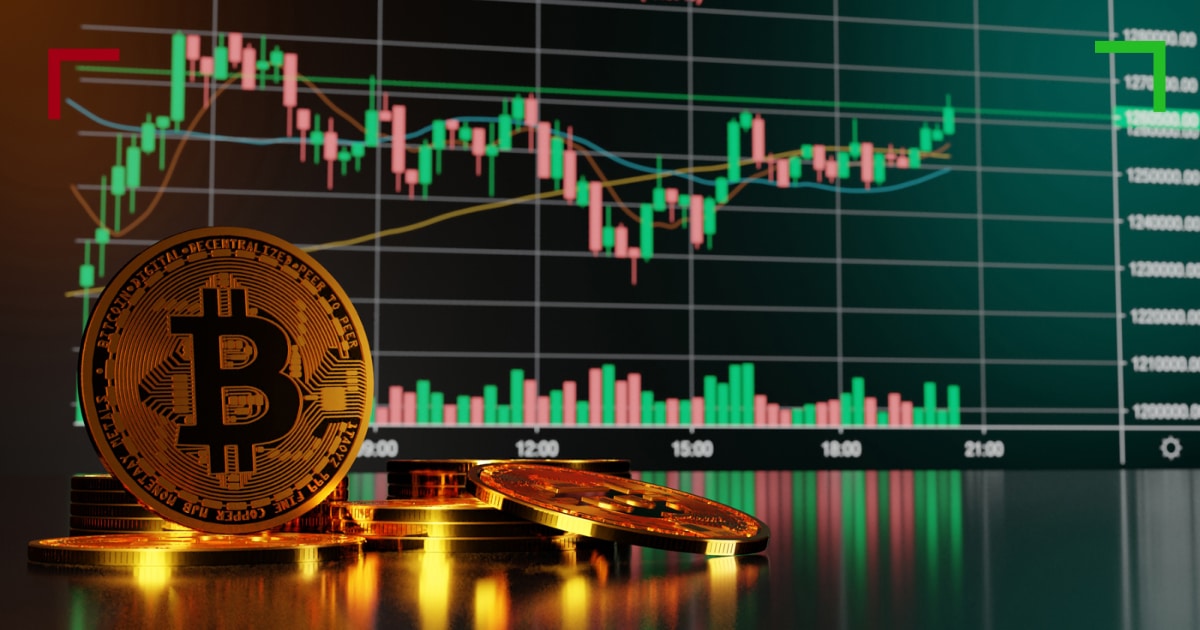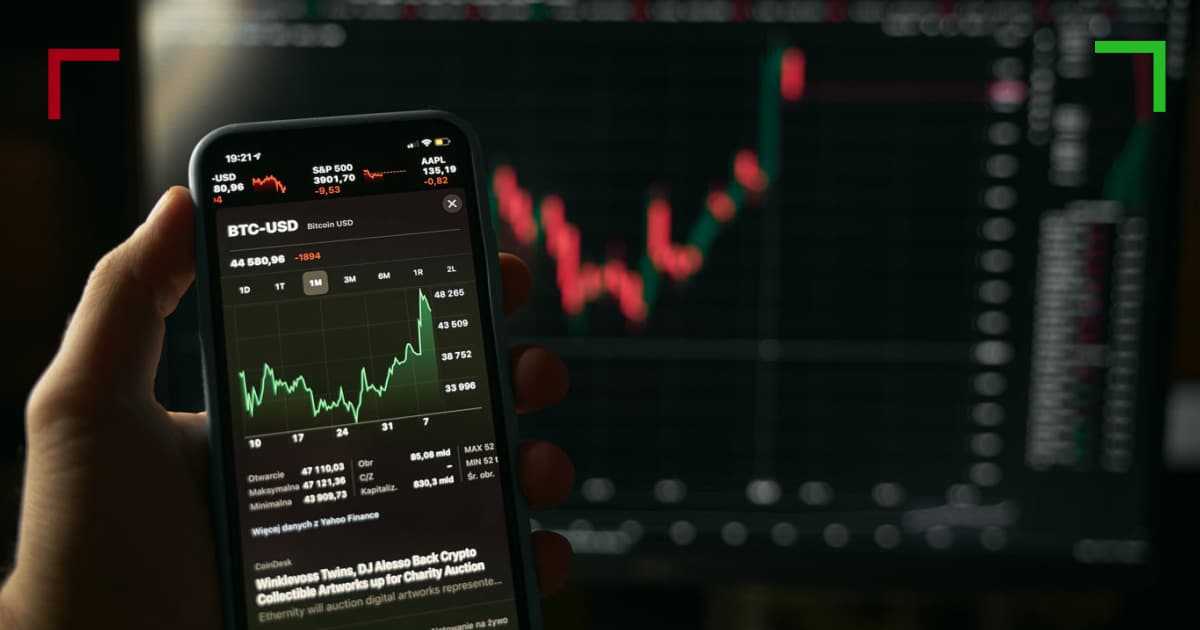
Mastering the Market: Trading Futures Crypto for Maximum Profit
In the rapidly evolving landscape of finance, Trading Futures Crypto visit website trading futures crypto has emerged as a compelling avenue for investors seeking to capitalize on the volatility and opportunities presented by digital currencies. This article delves into the intricacies of futures trading in the cryptocurrency market, exploring its benefits, risks, and strategies to enhance your trading skills.
Futures contracts have gained popularity due to their capacity to provide leverage and speculative opportunities. They allow traders to agree on a price for a particular asset at a specified date in the future, enabling them to bet on the asset’s price movement without outright purchasing it. In the context of cryptocurrencies, this mechanism introduces a unique set of dynamics driven by market sentiment, regulatory developments, and macroeconomic factors.
Understanding Futures Contracts
Futures contracts are standardized agreements traded on exchanges that obligate the buyer to purchase, and the seller to sell, the asset at a predetermined price and date. They are typically used for hedging or speculating purposes. In the case of cryptocurrencies, these contracts offer a method for traders to manage their exposure to price movements without needing to hold the actual coins.
One of the primary benefits of trading futures crypto is leverage. This means that traders can control a larger position with a smaller amount of capital. For instance, if a trader has $1,000, they might be able to control a position worth $10,000 with a 10x leverage. While this enhances potential gains, it also magnifies losses, presenting a significant risk factor that traders must manage effectively.
The Benefits of Trading Futures Crypto
There are several advantages to trading futures in the cryptocurrency market:
1. **Leverage**: As mentioned, futures contracts allow traders to control large positions with relatively small capital. This can lead to greater profit potential.

2. **Hedging Opportunities**: Futures can be used to hedge against price declines in the underlying asset. For example, if a trader owns Bitcoin but fears a short-term price drop, they can sell Bitcoin futures to offset potential losses.
3. **Market Liquidity**: The growing popularity of crypto futures has considerably enhanced market liquidity. This means that orders can be executed more easily without causing a substantial impact on the asset’s price.
4. **24/7 Market Access**: Unlike traditional markets, the cryptocurrency market operates 24/7, allowing traders to react to market events at any time, enabling more agile trading strategies.
5. **Diverse Strategies**: Traders can employ a variety of strategies, such as spread trading, arbitrage, and trend following, to take advantage of market conditions.
Risks of Trading Futures Crypto
Despite its advantages, trading futures crypto comes with considerable risks. Some of these include:
1. **High Volatility**: Cryptocurrencies are notorious for their price swings. While volatility can offer opportunities for profit, it also increases the likelihood of significant losses.
2. **Leverage Risks**: While leverage can amplify gains, it also magnifies losses. Traders may face margin calls if their account balance drops below the required threshold due to adverse price movements.
3. **Regulatory Risks**: The regulatory landscape for cryptocurrencies is constantly evolving. Changes in regulations can greatly impact the market, and traders must stay informed to adapt their strategies accordingly.
4. **Psyche of Trading**: Psychological factors play a significant role in trading. Fear and greed can lead to irrational decision-making, particularly in a fast-paced environment like crypto futures trading.

Strategies for Successful Futures Trading in Crypto
To navigate the complex world of crypto futures successfully, traders should consider implementing several strategies:
1. **Develop a Trading Plan**: Establish clear goals, risk tolerance, and trading rules before entering trades. A well-defined plan helps traders stay disciplined during volatile market conditions.
2. **Technical Analysis**: Utilize charts and indicators to analyze price movements and identify patterns. Tools such as moving averages, RSI, and MACD can provide valuable insights into potential trends.
3. **Risk Management**: Implement strict risk management practices. This involves setting stop-loss orders, diversifying positions, and avoiding over-leveraging.
4. **Stay Informed**: Keep abreast of news and events that could impact the cryptocurrency market. Market sentiment can shift rapidly based on news, announcements, and technological developments.
5. **Practice with a Demo Account**: Before risking real capital, consider trading on a demo account. This allows you to practice your strategies and gain confidence in your decision-making.
Conclusion
Trading futures in the cryptocurrency market offers exciting opportunities for profit but demands a comprehensive understanding of the associated risks and challenges. By leveraging the benefits of futures contracts, implementing robust trading strategies, and continuously educating oneself, traders can position themselves for success in this rapidly evolving landscape. As the market continues to mature, those who adapt and innovate will find themselves at the forefront of the digital asset revolution.
In conclusion, as the world of finance evolves, so too must the approach to trading. The ability to trade crypto futures can open new doors for investors, but it requires a commitment to learning and disciplined execution. Embrace the challenge, and you may find yourself significantly rewarding the journey.

Comentarios recientes